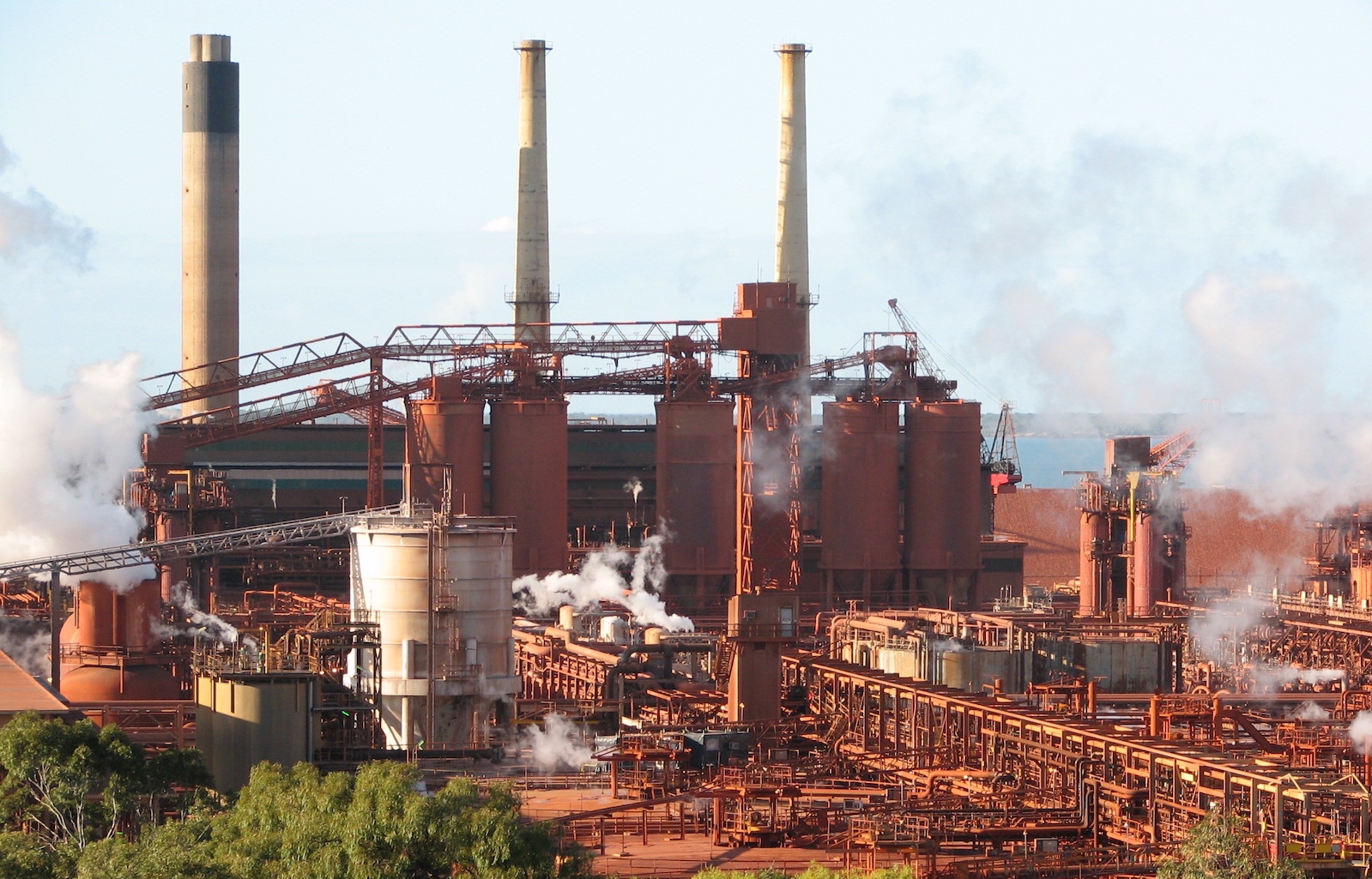
Bauxite refiners
By adopting with a Red Mud remediation process, refiners can achieve significant operational gains. They can reduce waste, enhance alumina recovery, generate revenue from by-products, lower disposal costs, improve energy efficiency, ensure regulatory compliance, boost competitiveness, strengthen brand reputation, and foster circular economy credentials.
Valorized red mud components tailored for construction materials, catalysts, or pigments unlock new markets and diversify revenue, insulating operations from commodity price swings. Process innovations can yield up to 10% higher alumina extraction and trim energy consumption by 15%, translating into millions in annual substantial savings. These gains enhance profitability while advancing sustainability across the bauxite-to-alumina value chain.





